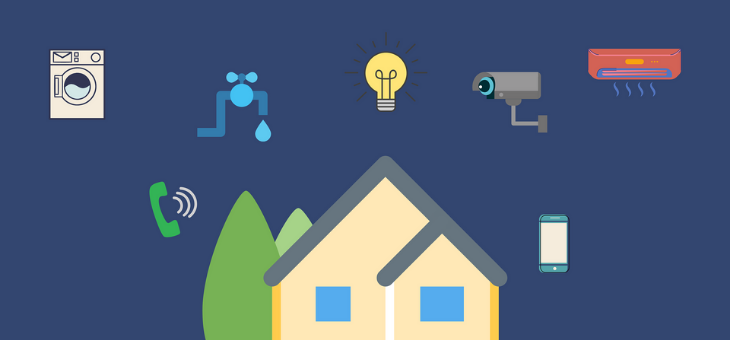Could Smart Devices in your Home put you at risk?

Let’s face it we all live in connected homes, like it or not many of us have some sort of connected devices in our homes right now from lights, fridges, TVs to smart speakers & cameras the IOT (Internet of Things) is rolling fast down the tracks. But when it comes to the risks that these devices pose do many of us really stop and think & if so what can we do?
According to a recent Which Report ‘homes in the UK have an average of 10 connected devices’ If we think of this on a global scale there are over 7 billion (not including smartphones, tablets or laptops) IOT devices which presents an opportunity for cybercriminals.
Why would cybercriminals or hackers be interested in devices connected in my home?
First keep in mind there are always new threats emerging even right now there are a number of ways the devices in your home can become a target. One way is to gain access to your network via your home router, other ways include calling your devices together to carry out a bot/DDOS attack or accessing your passwords and other sensitive information.
What can you do?
That’s a great question, when I speak to people about cyber risks in our homes or deliver training to a company or organisations its about starting with the basics. The thing is when it comes to cyber security everyone is at a different stage or level.
A good starting point & talking point is home security; we lock our doors, set the alarm make sure the shed is locked and secured & so on. When it comes to devices, we bring into our homes we need to start securing these just like our doors and windows.
Securing devices in the home
The good news is that implementing some steps along the way can make your home and devices more secure helping protect you & your family. For many homes now across the UK & Ireland the router has become part of the front door and acts as a point of entry for cybercriminals.
DO NOT USE DEFAULT USERNAMES OR PASSWORDS
Sorry about the full caps but it’s really important that you don’t use or accept the default settings that come with the device. Most people when they get the internet installed never change the default password in fact many are set to password123 or admin123. Many routers are also named after the manufacturer keeping this is place is a valuable clue for hackers to gain access to your network.
Weak Passwords
Don’t use weak or easy to guess passwords – we talked about this recently on my 5 cybersecurity tips video over on YouTube. We all need to practise better digital hygiene; get into the habit of using a password manager to safely store & generate your passwords and break the habit of using the same password everywhere ‘53% of people admit they reuse the same password’
Becoming more familiar with how the security settings on your home router work is a great way to enhance protection.
Turning on a stronger encryption method like WPA for Wi-Fi access is a good idea, another good idea is to set up what’s called a ‘Guest Network’ this is a good option for visitors who might be visiting your home. The guest network can also be used to add vulnerable devices to the internet which can help prevent accidental cyberattacks adding an extra layer of protection.
Found this blog useful & helpful? Get access to all our eSafety videos & digital wellbeing resources via our handy smartphone app. Click Here to find out more
Found this article useful?
Remember to share it with your family & friends.












